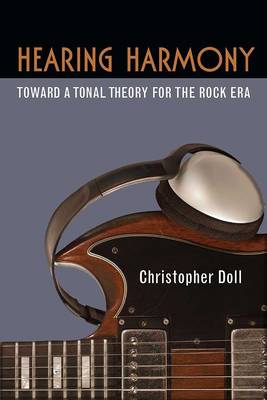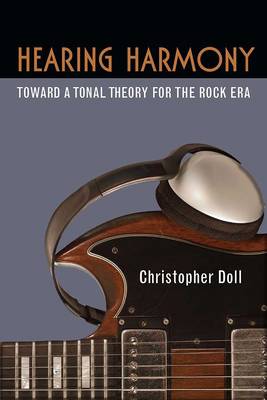
- Afhalen na 1 uur in een winkel met voorraad
- Gratis thuislevering in België vanaf € 30
- Ruim aanbod met 7 miljoen producten
- Afhalen na 1 uur in een winkel met voorraad
- Gratis thuislevering in België vanaf € 30
- Ruim aanbod met 7 miljoen producten
Zoeken
Omschrijving
Hearing Harmony offers a listener-based, philosophical-psychological theory of harmonic effects for Anglophone popular music since the 1950s. It begins with chords, their functions and characteristic hierarchies, then identifies the most common and salient harmonic-progression classes, or harmonic schemas. The identification of these schemas, as well as the historical contextualization of many of them, allows for systematic exploration of the repertory's typical harmonic transformations (such as chord substitution) and harmonic ambiguities. Doll provides readers with a novel explanation of the assorted aural qualities of chords, and how certain harmonic effects result from the interaction of various melodic, rhythmic, textural, timbral, and extra-musical contexts, and how these interactions can determine whether a chordal riff is tonally centered or tonally ambiguous, whether it sounds aggressive or playful or sad, whether it seems to evoke an earlier song using a similar series of chords, whether it sounds conventional or unfamiliar.
Specificaties
Betrokkenen
- Auteur(s):
- Uitgeverij:
Inhoud
- Aantal bladzijden:
- 330
- Taal:
- Engels
- Reeks:
Eigenschappen
- Productcode (EAN):
- 9780472053520
- Verschijningsdatum:
- 30/06/2017
- Uitvoering:
- Paperback
- Formaat:
- Trade paperback (VS)
- Afmetingen:
- 150 mm x 226 mm
- Gewicht:
- 498 g

Alleen bij Standaard Boekhandel
+ 89 punten op je klantenkaart van Standaard Boekhandel
Beoordelingen
We publiceren alleen reviews die voldoen aan de voorwaarden voor reviews. Bekijk onze voorwaarden voor reviews.











